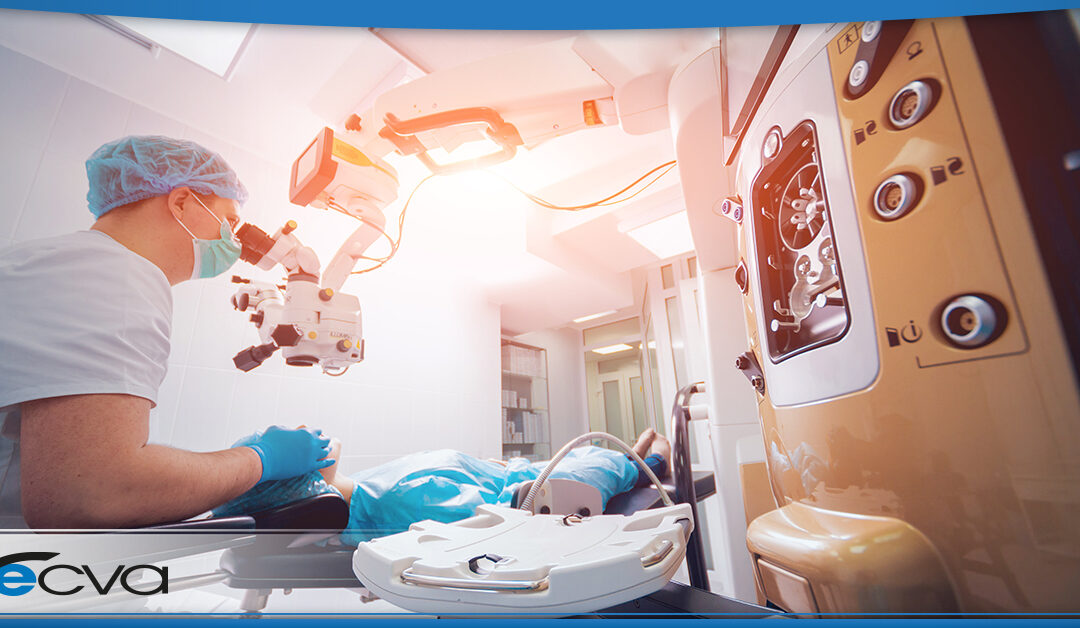
by ecvaeyeadminz | Jun 24, 2022 | Cataracts
Cataracts can have a dramatic impact on your vision, causing cloudiness that harms visual acuity and alters the visual field. Typically, cataracts are a normal part of the aging process. Additionally, they’re reasonably easy to treat should the need arise. ...

by ecvaeyeadminz | Jun 10, 2022 | Eye Health
Laser-assisted in situ keratomileusis – also known as LASIK – is a popular outpatient procedure for treating nearsightedness, farsightedness, and astigmatism. Millions of people have chosen to use LASIK to correct their vision, allowing them to see more clearly...
by ecvaeyeadminz | Jun 9, 2022 | Cataracts, Uncategorized
Cataract surgery is among the most common types of surgery. While it was once an inpatient procedure requiring general anesthesia, it can now be performed under local anesthesia on an outpatient basis. This approach is more convenient, safer, and less expensive, and...




